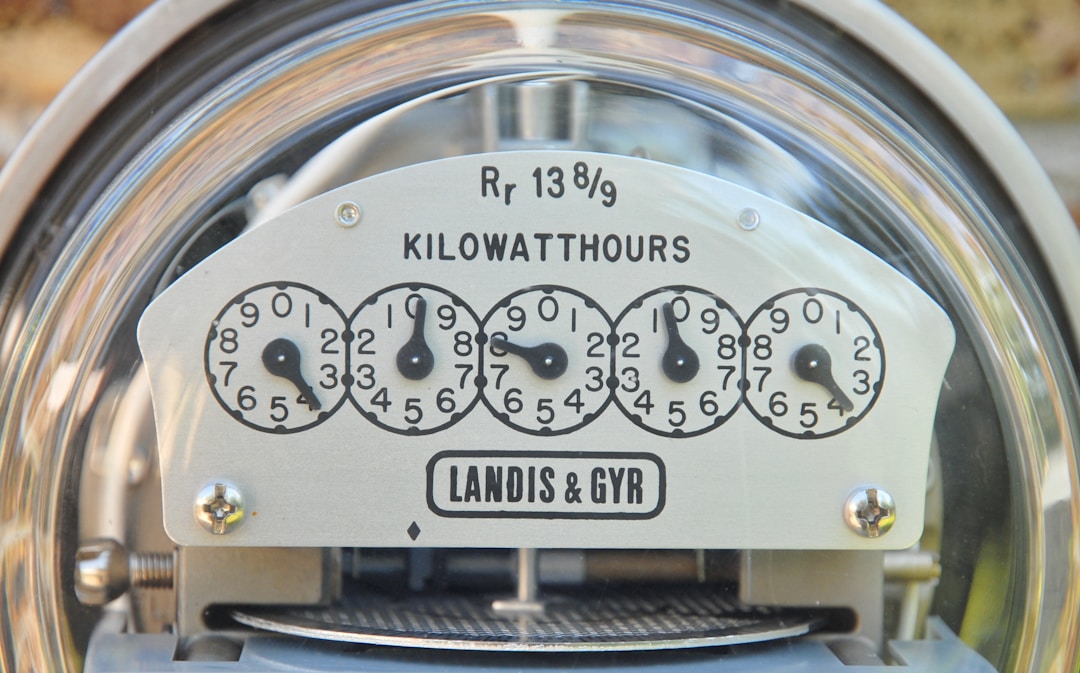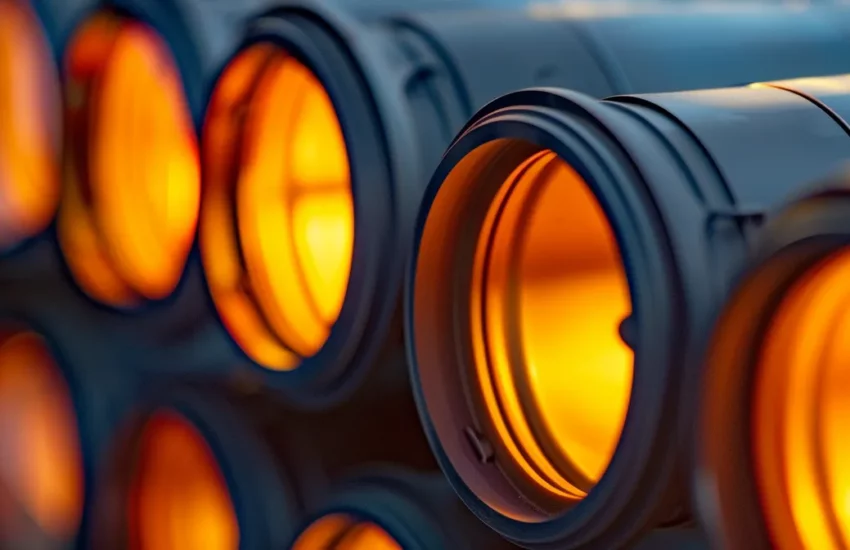How to Know If Your Home Is Experiencing Poor Airflow
Your HVAC system is the workhorse of your home, providing consistent warm and cool air throughout the year. Depending on where you live, seasonal changes could place heavy demands on your equipment. On a blistering hot day or cold winter night, however, you want to be able to rely on your system to keep you comfortable. As long as the system can deliver smooth airflow, you will enjoy comfortable temperatures.
If your airflow is hampered, your system might not function correctly, and the temperatures in your house will be impacted. From damaged or leaky ductwork to clogged and dirty air filters, there are several reasons why you may experience poor airflow. If you can identify the symptoms of obstructed airflow, you can find solutions to help you get back to normal household temperatures. Working with a qualified HVAC professional will also help you determine if your home is experiencing poor airflow. Let’s take a look at some of the common signs that your HVAC system is having airflow problems.
Inconsistent Temperatures

If you are like most homeowners, you have a few spots around your home that are always warmer or cooler than the rest of the house. This can be caused by several things, such as too much sunlight, too much shade, or the location of the room. This is a common experience in many homes. If you notice this problem in new areas or experience worsening conditions, it could be a symptom of poor airflow. If warm or cool air is having a problem reaching a back bedroom or an isolated bathroom, there could be an issue preventing adequate airflow.
Depending on the issue, there could be problems with your ducts, vents, or the size of your HVAC unit. Additionally, an aging HVAC system will slowly lose the power needed to force air to the farthest parts of your home. A qualified HVAC technician can help you diagnose the problem and offer solutions.
Increased Energy Bills

If there is a problem with the airflow in your home, your system could be working overtime to deliver comfortable air. From clogged ductwork to dirty air filters, there are many reasons why the air circulating your home might be restricted. As a result of these issues, your HVAC system could be running harder for a longer period to try to maintain consistent temperatures with reduced airflow. This will use more energy and lead to an increase in your utility bills.
Your energy bill will fluctuate throughout the year depending on the seasonal demands for heat or air conditioning. If your energy bills seem to be more than normal, it could signal a problem with your airflow. Regular maintenance will help you identify any airflow issues before they become major problems and lead to increased energy usage during the heating and cooling seasons.
Uncomfortable Temperatures
One of the most common symptoms of poor airflow in your home is uncomfortable temperatures. As discussed, inconsistent temperatures could also be a sign of airflow problems. However, this could be subtle and not as noticeable. The entire family usually notices widespread uncomfortable temperatures and immediately throws up a red flag that there is an issue.
If your airflow is completely blocked or severely restricted, your HVAC system will not be able to maintain your desired temperature in the house. If you find that you are adjusting the thermostat more frequently without any change, the culprit could be airflow issues. A qualified HVAC technician will be able to help identify the source of the problem.
To ensure that you maintain optimal airflow year-round, you should change your air filters regularly and invest in an annual HVAC maintenance program. Over time, your system will require attention and service in order to maintain quality airflow and comfortable temperatures.



